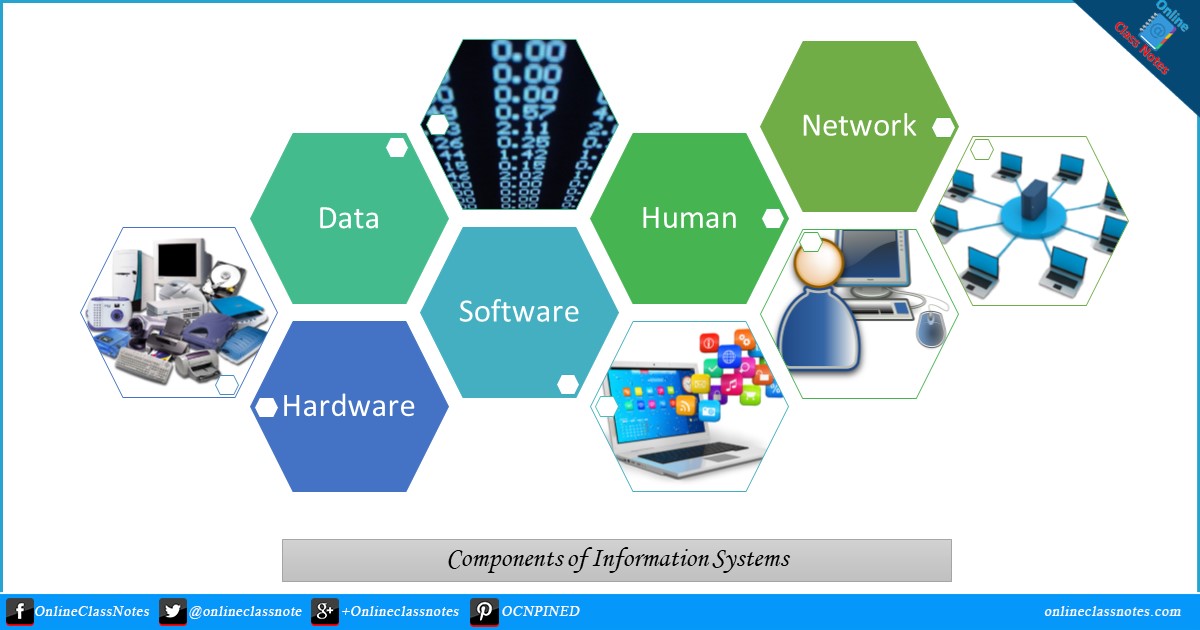Information systems are a critical component of modern organizations. They are used to collect, store, process, and disseminate data and information to support the operations, management, and decision-making functions of the organization. There are many different definitions of information systems, and the specific components that make up an information system can vary depending on the needs and goals of the organization.
One common definition of information systems is that they are "a set of interrelated components that collect, process, store, and disseminate data and information and provide a feedback mechanism to meet an objective." This definition highlights the key components of an information system: the hardware, software, data, and people that work together to support the organization's objectives.
Hardware refers to the physical devices and infrastructure that make up an information system. This can include computers, servers, storage devices, networking equipment, and other types of hardware that are used to process and store data.
Software refers to the programs and applications that run on the hardware and enable it to perform specific tasks. This can include operating systems, business applications, and other types of software that are used to process and analyze data.
Data refers to the raw information that is collected, stored, and processed by the information system. This can include customer records, financial transactions, and other types of data that are used to support the operations and decision-making functions of the organization.
People refer to the individuals who use and maintain the information system. This can include IT staff who are responsible for managing the hardware and software, as well as end users who use the system to perform their day-to-day tasks.
In addition to these core components, there are also several other key elements that are often included in information systems. One of these is the database, which is a collection of data that is organized and stored in a structured way to enable efficient access and analysis. Another important element is the user interface, which is the means by which users interact with the system. This can be a graphical user interface (GUI) that is displayed on a computer screen, or it can be a command-line interface (CLI) that is used to input commands and receive output through a command prompt.
Another important element of information systems is the networking infrastructure, which enables the exchange of data and information between different devices and systems. This can include local area networks (LANs), wide area networks (WANs), and other types of networks that are used to connect devices within an organization, or to connect to external systems and resources.
Finally, security is a critical component of modern information systems. This includes measures to protect against unauthorized access to data and systems, as well as measures to ensure the integrity and availability of data and systems. This can include firewalls, encryption, and other types of security measures to protect against cyber threats.
In conclusion, information systems are a key component of modern organizations, and are used to collect, store, process, and disseminate data and information to support the operations, management, and decision-making functions of the organization. They consist of hardware, software, data, and people, as well as other elements such as databases, user interfaces, networking infrastructure, and security measures. These components work together to enable organizations to achieve their objectives and stay competitive in today's digital world.






.jpg)
